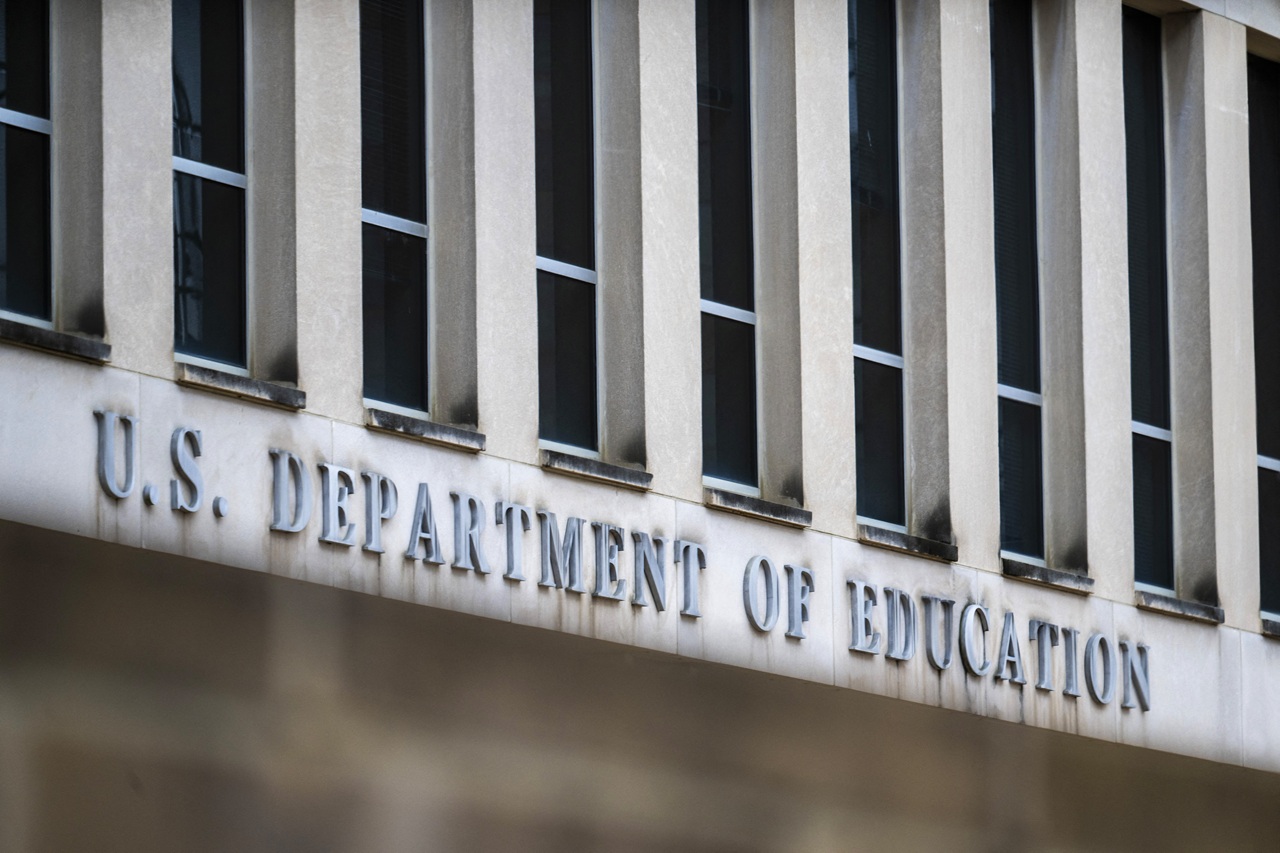
DACA turns 10 facing a fragile future
Since its implementation back in 2012 under President Barack Obama, the program now faces possible termination.
On June 15, 2012, then-U.S. President Barack Obama announced in the White House Rose Garden the implementation of a new program entitled, Deferred Action for Childhood Arrivals (DACA). It would go on to change the lives and bring opportunities for hundreds of thousands of unauthorized immigrants brought to the U.S. by their parents as small children. They would soon don the name ‘Dreamers,’ in the press.
Ten years before this week, that major program began accepting applications.
In what was initially seen as a temporary solution to provide an easy pathway to citizenship for many immigrant youth as Congress continuously failed to pass such legislation. Ten years later, the program has proven to be successful in giving over 800,000 unauthorized immigrant children an opportunity to have an education and a future. It also remains the only large scale program in relation to the legal status of many unauthorized young people in the U.S.
DACA grants protection of deportation, access to work permits, as well as other helpful documentation to make an already tough life a bit easier for these children and their families. It has provided them with job and educational opportunities that they would not have otherwise had access to. It made college an actual possibility, finding new and better jobs that led many to be able to start families and businesses.
Besides the DACA recipients themselves benefiting from the program, the country has also seen some advantages as a result. It has allowed many children who had spent most of their lives in the U.S. to further realize their potential and has benefited communities and jobs as a result.
Despite the positives, without the necessary action from Congress to give DACA recipients permanent relief, it remains merely a temporary solution to ease a pathway to citizenship, and is now more vulnerable than ever of being repealed and taken away. With former President Donald Trump’s attempts during office to end the program and the very limited options available to President Joe Biden to fix the issue through executive action, it is now hanging in the balance.
The most recent legal action brought to end DACA is likely to reach the Supreme Court, where such uncertainty looks to continue with no clear answer available. The Court will
RELATED CONTENT
ultimately decide on whether the executive branch holds the authority to create a program like it. In the time since its implementation, Congress has refused and declined to expand protections to the program and its recipients. The program is the only real option for many immigrant youth to achieve some semblance of protection and citizenship.
The program that has stood for a decade now is in dire need of restabilization to maintain its importance and impact in the country. As immigration reform remains a pressing, ignored, and neglected issue, DACA is the only real possibility for now millions to have a chance of a good life in the U.S. The program allowed those enrolled to be able to get the basics of life, such as a driver's license, and a social security number.
For the estimated over 100,000 unauthorized youth that go through and graduate from the U.S. public school system, it made what is an already tough transition to adulthood a little easier with access to basic fundamentals of life. For many of those who chose to go to college, it gave them the access to financial aid and other kinds of help available to American students.
Those without DACA protections are subject to a tougher road, as they face possible deportation especially if any have faced any interactions with law enforcement. It is also tough for those that grew up in the country, speak the language, and even have college degrees to have to take lower wage jobs as a result. There is also growing deportation fears among the Dreamers.
As a result of the better job opportunities available to DACA recipients, it has also improved the U.S. economy as a whole. In numbers, it’s an estimated $42 billion to the U.S. Gross Domestic Product (GDP). Additionally, they add $3.4 billion to the federal balance sheet.
Despite helpful efforts from the Biden administration to keep and further expand protections for the program, DACA still faces an uncertain future as it heads towards the Supreme Court. Amid Supreme Court surprises, such as the reversal of Roe v. Wade and the expansion of gun rights, it is not entirely clear what will happen.
But a program that has helped hundreds of thousands of an already vulnerable community that contributes so much to the U.S. economy, culture, and other aspects of life, it would be a huge loss to see the termination or the further redaction of such an important program.











LEAVE A COMMENT: